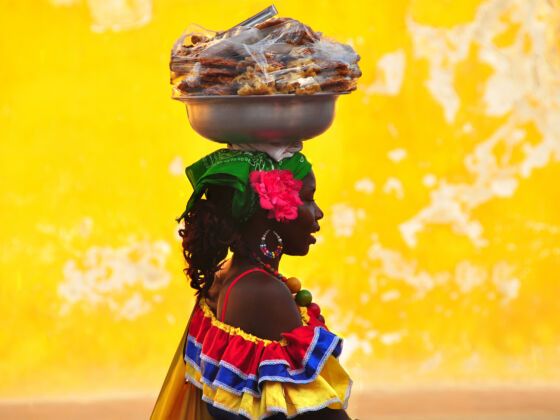1. “Donde come uno comen tres.” Or: Where one eats, eat three.
We have so many shared Colombian sayings like this one that are centered around food. Another example: ‘Échele agua a la sopa,’ which translates to: ‘pour water into the soup.’ These sayings are meant to show the hospitality of Colombians, reflected through food. Even when guests are not expected to come in for lunch or dinner, they are always welcome and there will be enough food for both family and visitors.
